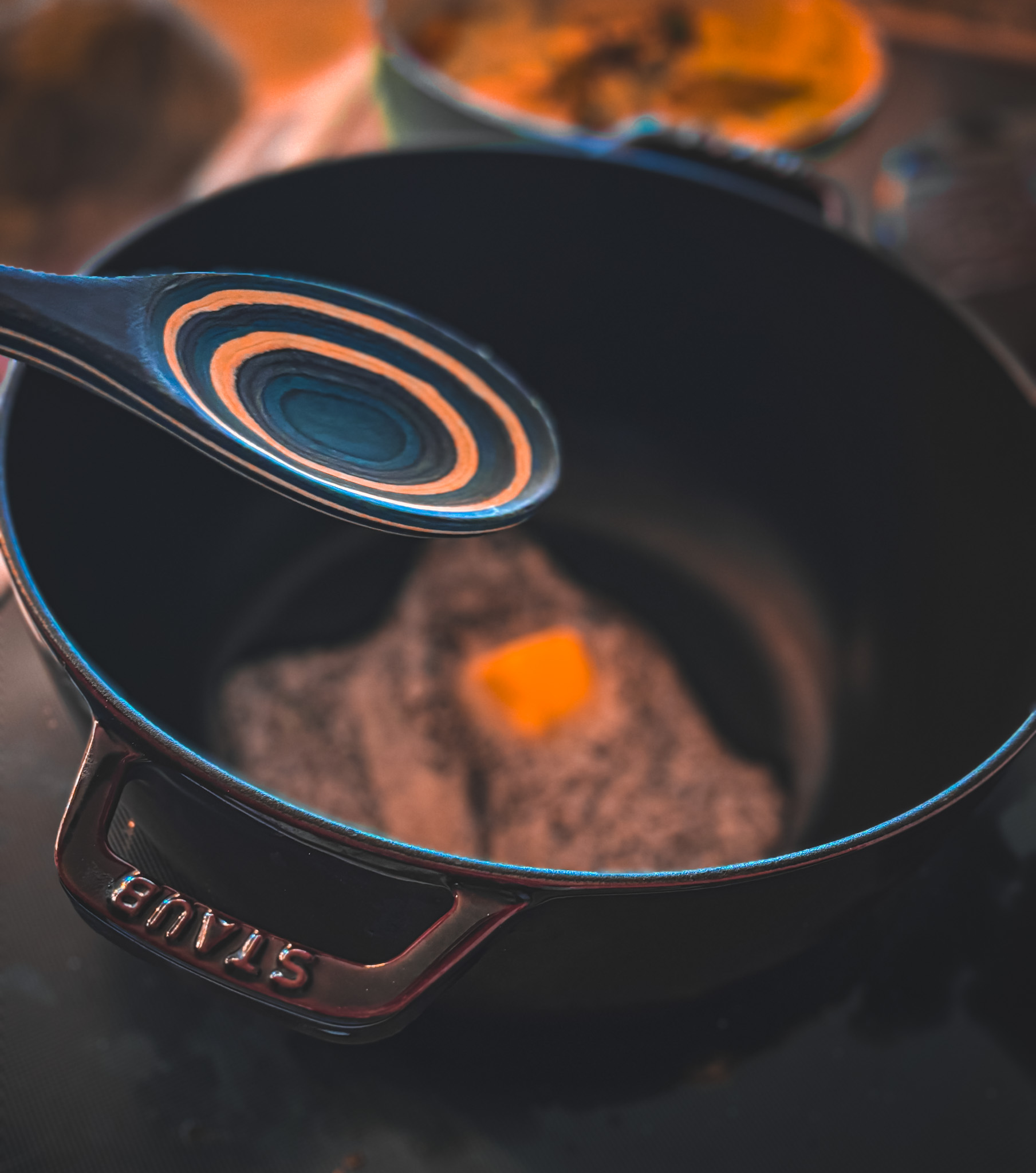
The witch’s cauldron is one of the most iconic symbols associated with witchcraft, conjuring images of bubbling potions, mysterious brews, and ancient rituals. It’s history, however, is rich and multifaceted, evolving from a practical cooking vessel into a mystical emblem of transformation, creation, and power.
Ancient Origins
The cauldron’s roots stretch back to ancient times when it was primarily used as a cooking pot in various cultures. In Celtic mythology, the cauldron held deep spiritual significance. One of the most famous examples is the Cauldron of Cerridwen, a Celtic goddess associated with wisdom, rebirth, and transformation. According to legend, Cerridwen used her magical cauldron to brew a potion that would bestow great wisdom upon those who consumed it.
In ancient Irish tales, The Dagda’s Cauldron, one of the Four Treasures of the Tuatha Dé Danann, was a magical vessel that provided an endless supply of food. The cauldron was thus viewed as a symbol of abundance, renewal, and sustenance.
The cauldron also played an important role in Norse mythology, where the god Aegir used his cauldron to brew ale for the gods, further reinforcing the cauldron’s role as a symbol of hospitality, nourishment, and divine power.
The Witch’s Cauldron in the Middle Ages
As witchcraft became vilified in medieval Europe, the cauldron took on a darker connotation. It was during the witch hunts of the 16th and 17th centuries that the cauldron became cemented as a symbol of witchcraft. Witches were often depicted in popular culture as stirring cauldrons filled with strange ingredients, casting spells or creating potions. Shakespeare’s famous line from Macbeth, “Double, double, toil and trouble; Fire burn, and cauldron bubble,” solidified the image of witches gathered around a bubbling cauldron in the public imagination.
Despite the negative associations during this period, the cauldron retained its symbolism of transformation and creation. For those practicing folk magic or pagan traditions, the cauldron was not just an object of fear but a powerful tool.
Modern-Day Cauldrons
In modern witchcraft and pagan practices, the cauldron has been reclaimed as a symbol of feminine power, transformation, and the element of water. Many witches use cauldrons to burn herbs, make moon water, or mix ingredients for magical workings. Additionally, many witches (myself included) believe items such as pots and pans possess the same magical power as a cauldron, and use that in their practice.
Cauldrons in modern times are are a symbol of transformation, because it is used to take something and transform it into something new.
Modern Versions of the Cauldron
While traditional cast iron cauldrons are still used today by many practitioners, modern versions of the cauldron have evolved to fit contemporary lifestyles. Some common modern-day versions include:
- Small Cast Iron Cauldrons: These are still widely used by witches and can be found in a variety of sizes. They are typically used to burn incense, herbs, or paper during rituals.
- Pots and Teapots: Cauldron-inspired kitchenware, such as cauldron-shaped mugs, teapots, or soup pots, have become popular among those who appreciate a witchy aesthetic or enjoy making potions and brews in a more practical way.
- Slow Cookers as Modern Cauldrons: In the culinary world, slow cookers, dutch ovens, and crockpots can be seen as modern interpretations of the cauldron. They slow-cook ingredients over time, similar to the way cauldrons were once used to create hearty stews and potions.
- Fireproof Bowls or Pans: For witches who practice indoors or in urban areas, fireproof bowls are used as a more practical substitute for cauldrons. They are used to burn incense, herbs, and offerings.
- Symbolic Cauldrons: Many witches use decorative cauldrons in their sacred spaces. These cauldrons are often filled with crystals, candles, or offerings and serve more as a representation of the cauldron’s symbolic power rather than as functional tools.

